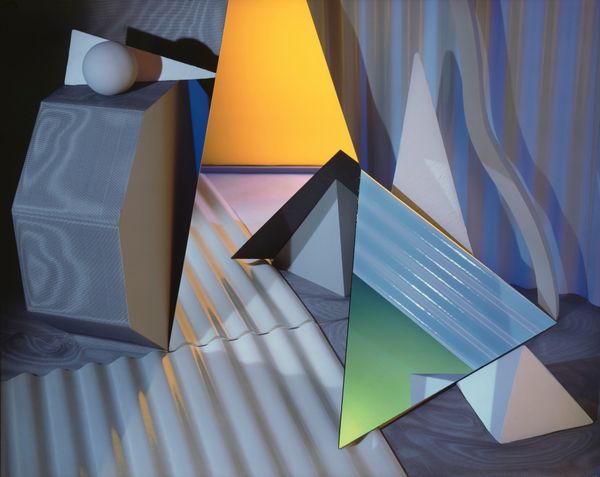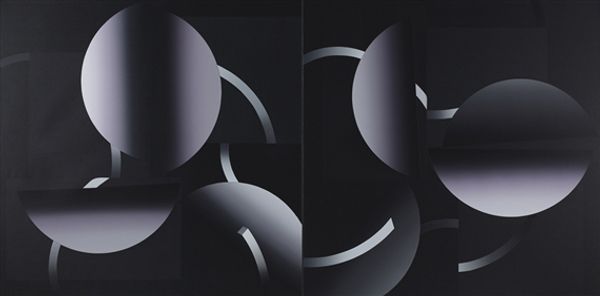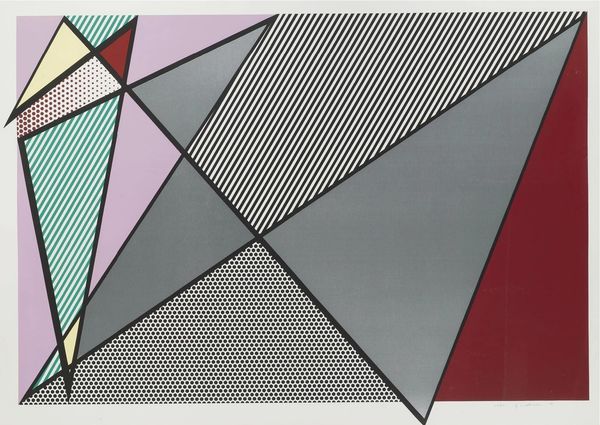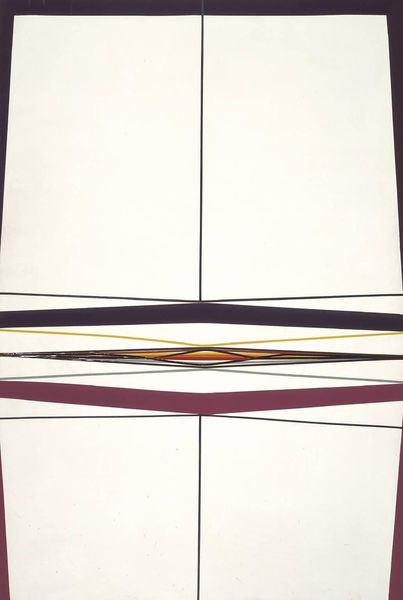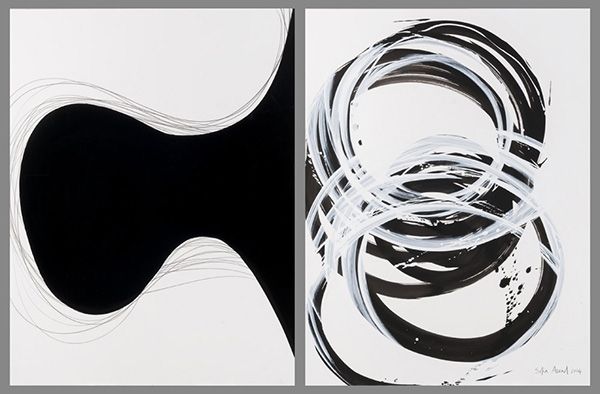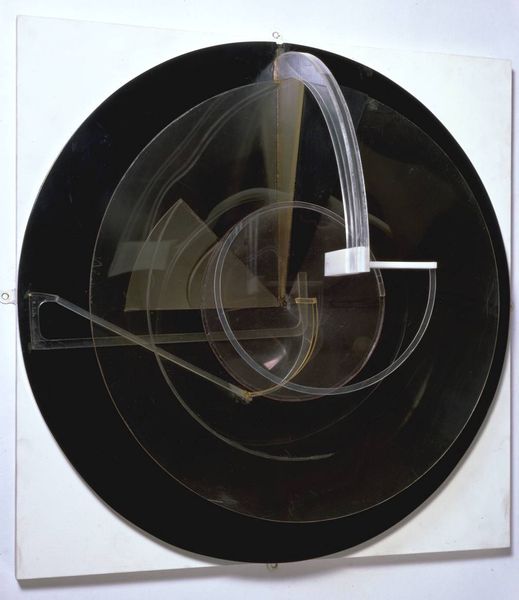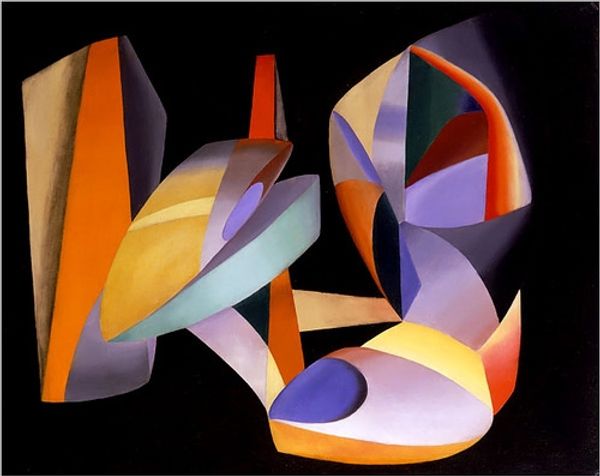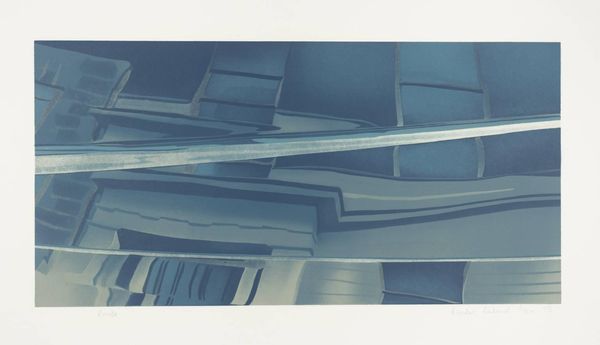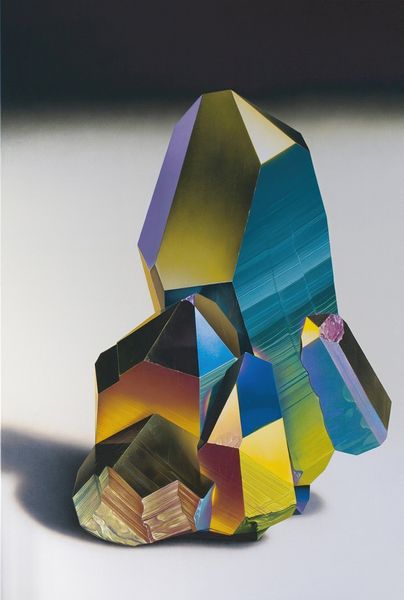
metal, relief, sculpture
#
metal
#
pattern
#
relief
#
form
#
geometric pattern
#
geometric
#
sculpture
#
geometric-abstraction
#
abstraction
#
line
#
geometric form
#
futurism
Copyright: Public domain US
Curator: We’re looking at “Plastic ensemble,” a metal relief sculpture crafted by Giacomo Balla in 1915. Editor: Wow, it feels like the aftermath of an explosion. Fragments frozen in mid-air, all these sharp angles… it’s almost violent. Curator: Absolutely. Balla was a key figure in the Futurist movement, which fervently embraced modernity, speed, and the dynamism of the machine age. The formal arrangement reflects a broader fascination, prevalent amongst avant-garde Italian artists, with representing forces acting in space and a radical embrace of speed. Editor: I can see that! It's like he’s trying to capture movement in a static form. You get a sense of objects shattering and reforming simultaneously. But it’s more than just an ode to speed; it’s an entire aesthetic shift! Metal and abstract forms instead of traditional marble busts...it definitely has a militant aspect. Curator: Exactly. Futurism was intrinsically linked to the political climate of the time. Balla and his contemporaries saw war as a cleansing force, a catalyst for change. So this dynamic fracturing and angularity you perceive reflects that desire for radical social and aesthetic restructuring. It is a violent rejection of historical models that had outstayed their purpose. Editor: I get this impression of coldness. There's something inherently impersonal about geometric shapes cast in metal that gives it this unapproachable quality. And it's also pretty cool to see what were essentially industrial materials taking pride of place in a fine art gallery. Curator: That's a astute insight. The choice of materials and geometric abstraction weren't arbitrary, as the Futurists turned their backs on traditional artistic values and materials. By employing metal, Balla elevates the material culture of the factory into the aesthetic language of sculpture. It becomes a manifesto in metal! Editor: I am sensing that Balla must have wanted to break everything down to the basics, playing around with forms without caring about realistic details. It looks like Balla isn’t just trying to create art but also inventing a whole new visual language! Thanks for expanding my sense of it. Curator: It's a fascinating work that really makes us think about how art intersects with politics and technological advancement. Balla definitely wanted to alter people’s visual understanding with this manifesto, it is great to continue these reflections.
Comments
No comments
Be the first to comment and join the conversation on the ultimate creative platform.

